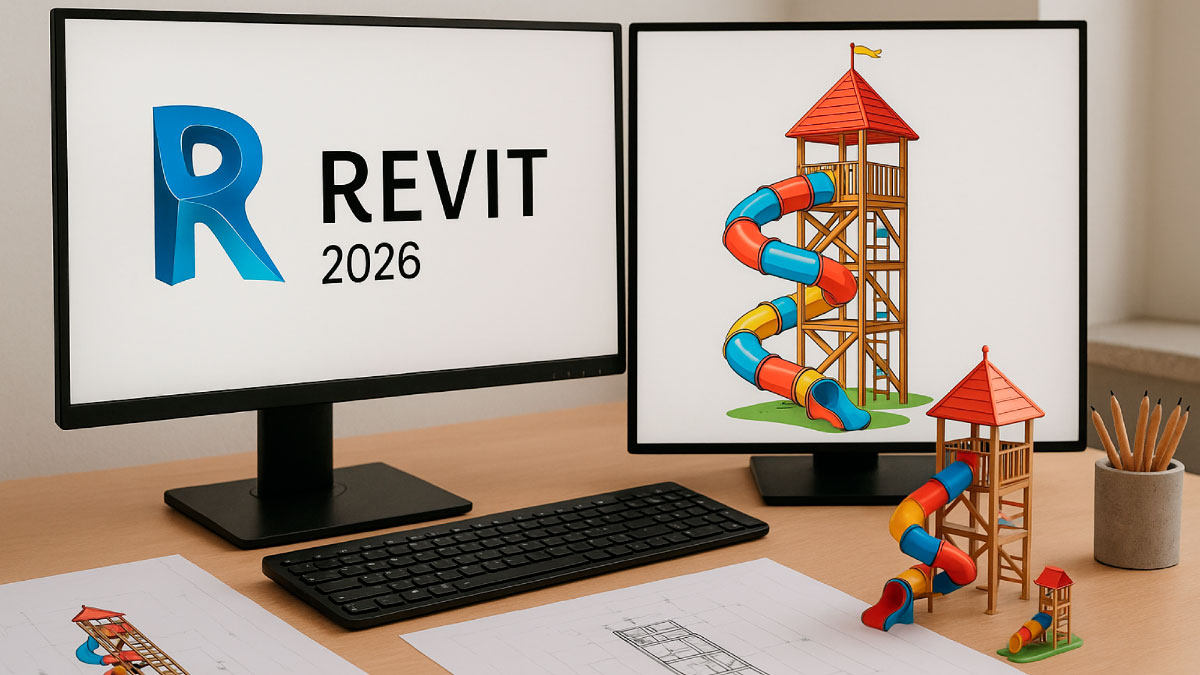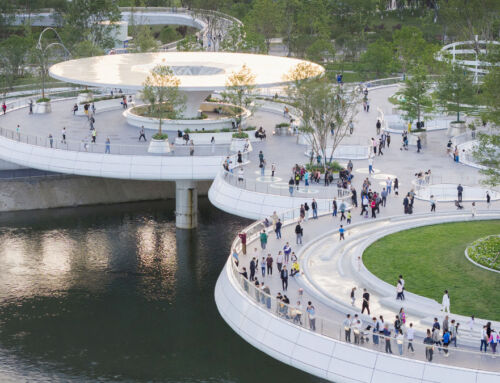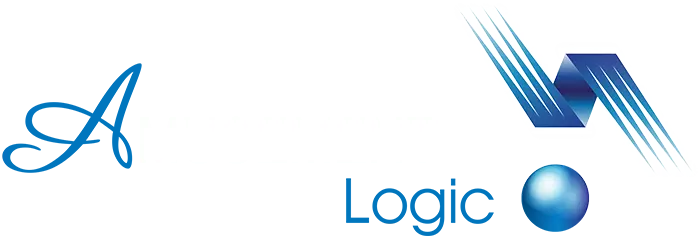The arrival of Revit 2026 in the design, architecture and construction of projects for water parks, theme parks, hotels and resorts, campsites, animal parks, canyoning parks and a whole range of leisure and tourism attractions – which, by the way, as you know all too well, Amusement Logic does – is a quantum leap when it comes to tackling these disciplines.
Performance and consistency that makes leisure and tourism projects fly
With Revit 2026’s improved graphics engine, the 2D and 3D views of each project flow with great ease. This improvement means the difference between spending hours loading files and spending hours perfecting the visitor experience. Moreover, the new automatic placement function acts as a personal assistant that memorises the patterns used and replicates them with clockwork precision. Visual consistency in massive projects – often with hundreds of plans – is no longer a utopia, but a standard.
So-called “solid topographical map” is no longer a straitjacket with Revit 2026. Designing hydraulic systems for water parks or winding paths for theme parks or animal parks is now as intuitive as sculpting in clay. This flexibility makes it possible to integrate planned structures into real terrain with a level of detail that previously required hours of manual work.
Easy theming of leisure and tourism projects
Theming is a matter of detail and Revit 2026 knows this as well as Amusement Logic. An underwater restaurant with curved walls? A pirate’s cave with irregular cladding? Now, this software not only allows it, it makes it easy, freeing up time for what really matters: creativity.
Flexibility in the creation of projects for leisure and tourism
The fact that the core layer in walls and floors is no longer an obligation in Revit 2026 is a small revolution. Imagine integrating an infinity pool with a glass wall without the software protesting rigid structural rules. This flexibility is especially valuable in spaces where architecture must serve the experience – always when it comes to projects for water parks, theme parks, hotels, resorts, campsites, shopping centres, animal parks, canyoning parks and any other attraction for leisure and tourism.
Plans in leisure and tourism that speak for themselves
View labels with customised parameters are the equivalent of putting margin notes on a plan, but with technical elegance. We now include everything from references to specific topics to coordination notes with other teams. That way, each plan sheet tells a complete story. In an industry where one misinterpreted detail can mean an attraction loses its magic, this clarity is very important.
Projects that are like intimate parties in leisure and tourism
Managing linked files used to be like organising a party where no one knew each other. The new Revit 2026 tool acts as a perfect host, presenting each file with its context and clear relationships. When coordinating Amusement Logic with engineering teams or theming specialists, this avoids those moments when we ask ourselves “and whose file is it”?
Scales that pop in leisure and tourism
Text customisation according to plan scales may seem like a minor detail, until you have to explain for the tenth time why one detail view is at 1:5 and another at 1:50 on the same sheet. With Revit 2026, scales are clearly communicated, eradicating confusion in projects where accuracy is as crucial as fantasy.
By Eduardo Hernández García, senior structural modeller in Amusement Logic’s Architecture Dept.






